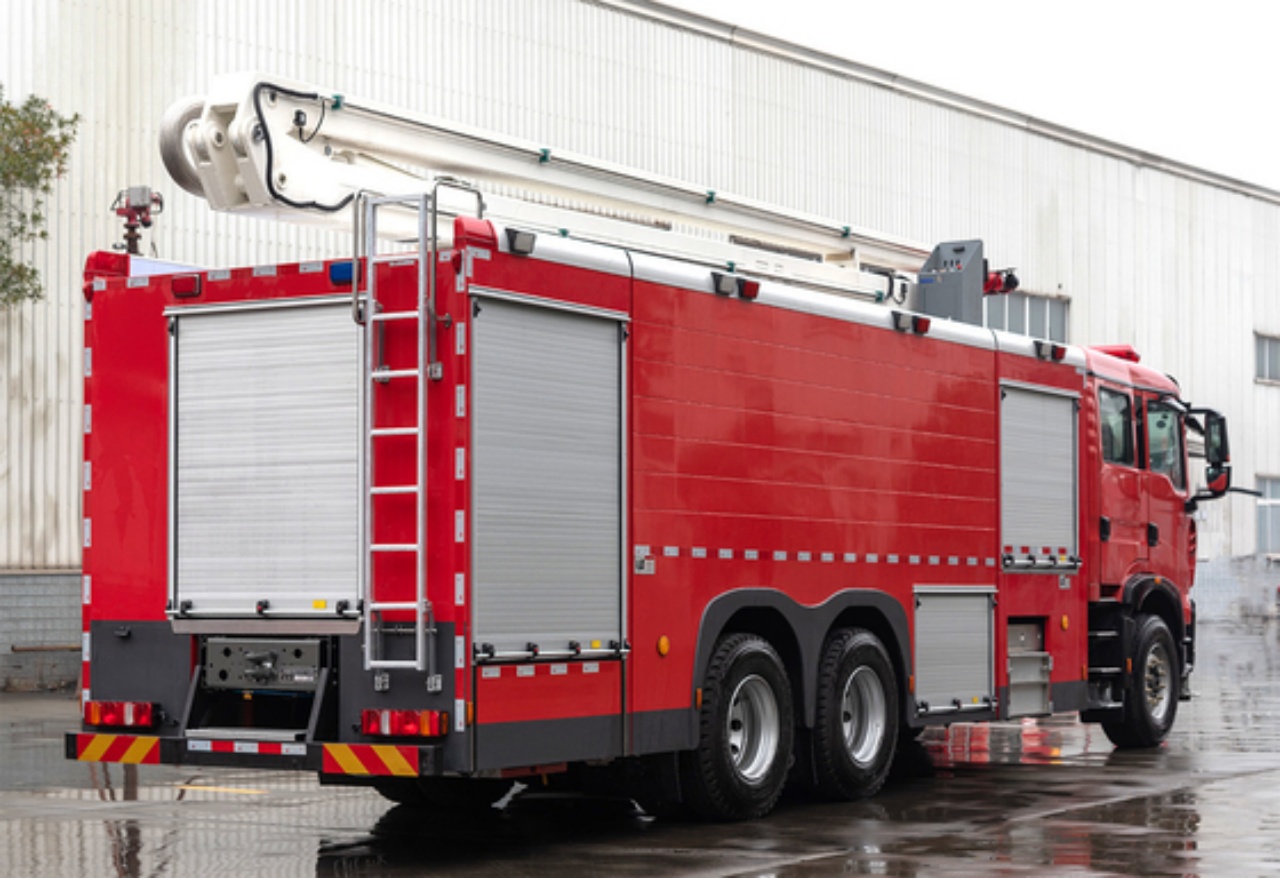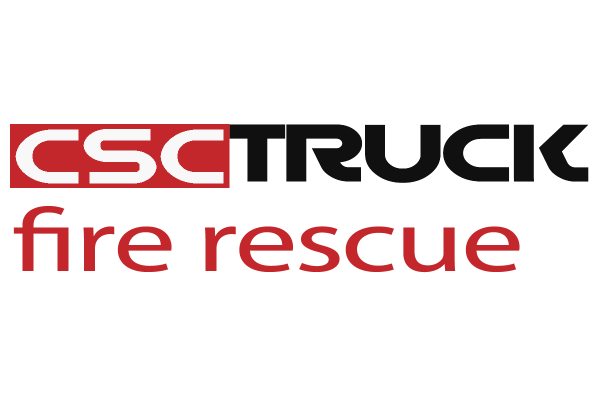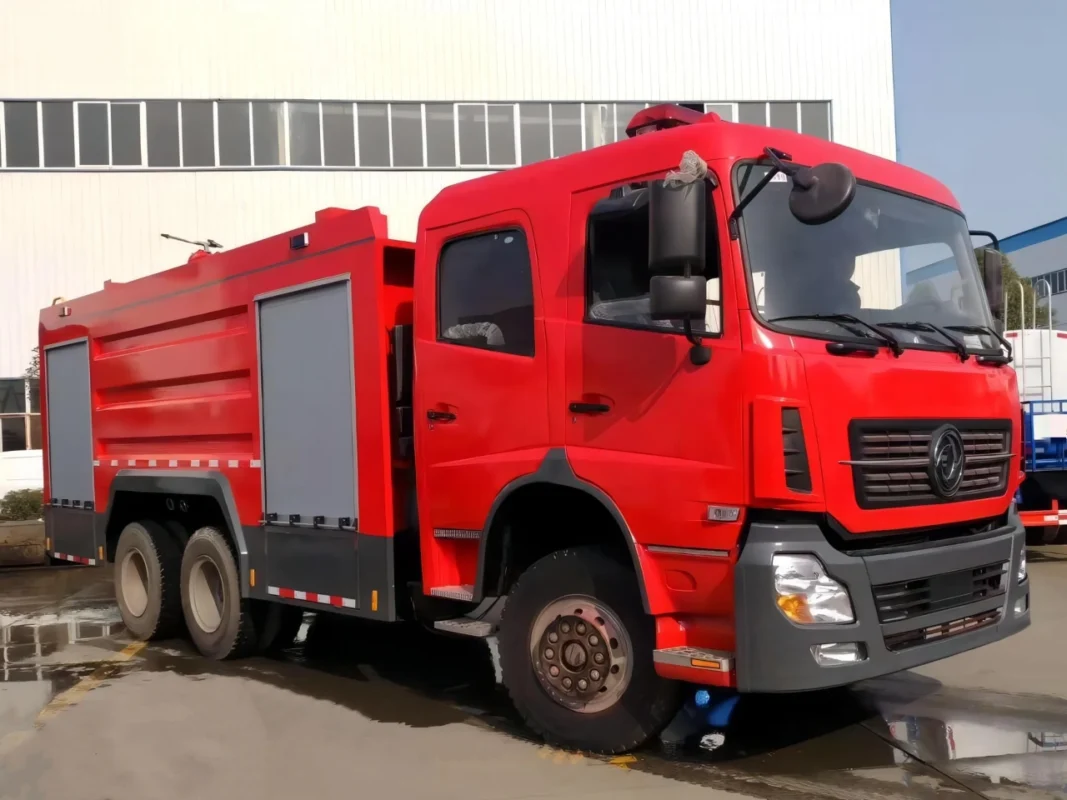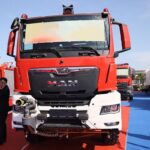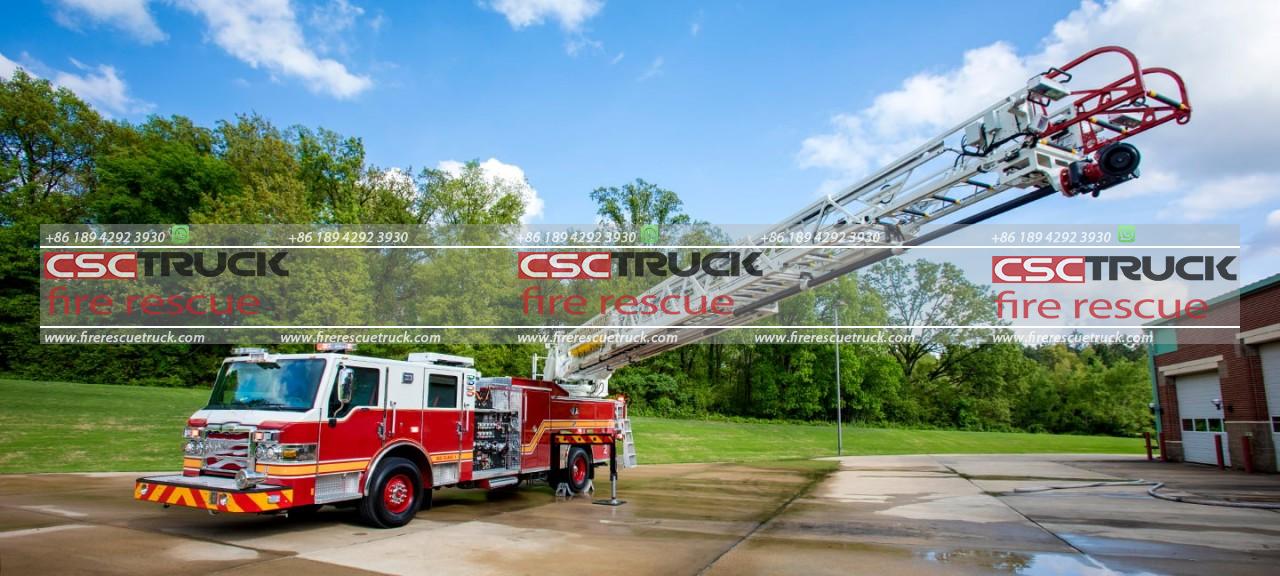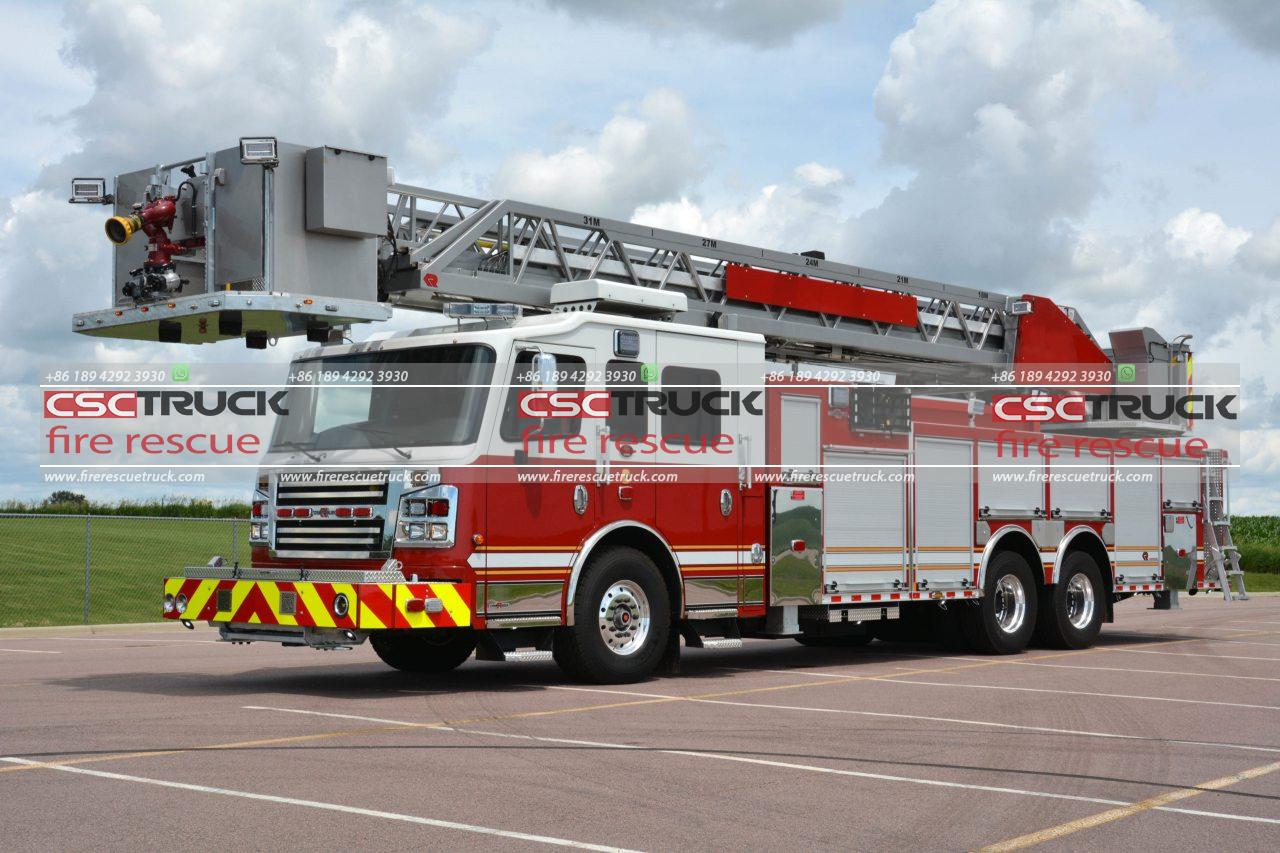Fire apparatuses are more than just vehicles; they are the lifeline of firefighting operations, embodying a blend of specialized engineering, strategic design, and lifesaving capabilities. These vehicles, ranging from fire trucks to specialized rescue units, serve as the frontline warriors in combating fires, rescuing individuals from perilous situations, and safeguarding communities against the ravages of disasters.
Evolution of Fire Apparatus
The history of fire apparatus traces back centuries, evolving from rudimentary hand-pumped engines to sophisticated modern vehicles equipped with state-of-the-art technology. Early fire apparatus consisted of hand-operated pumps and horse-drawn wagons, reflecting the ingenuity of their time in combating fires within urban environments. As industrialization progressed, so did the complexity and capabilities of fire apparatus, adapting to new challenges posed by taller buildings, increased urban density, and industrial hazards.

Types of Fire Apparatus
- Fire Engines: Commonly known as fire trucks or pumpers, fire engines are the workhorses of firefighting. They carry water, hoses, and firefighting equipment necessary to extinguish fires swiftly and effectively. Modern fire engines integrate advanced pump systems capable of delivering high-pressure water streams to tackle flames from a safe distance.
- Aerial Apparatus: Aerial ladder trucks and platform trucks feature hydraulic platforms or ladders that extend high above ground level, enabling firefighters to access elevated positions for firefighting, rescue operations, and ventilation tasks. These vehicles are crucial in urban firefighting scenarios where reaching upper floors quickly is essential.
- Rescue Vehicles: Specialized rescue units, such as heavy rescue trucks, technical rescue vehicles, and urban search and rescue (USAR) trucks, are equipped with tools and equipment for extricating individuals trapped in vehicles, collapsed structures, or hazardous environments. These units are versatile and adaptable, responding to emergencies beyond traditional fire suppression.
- Wildland Fire Apparatus: Designed for fighting fires in remote and rugged terrain, wildland fire apparatus includes brush trucks, water tenders, and off-road capable vehicles equipped with pumps and hoses. These vehicles are essential in preventing and containing wildfires that threaten natural habitats and rural communities.
Components and Technologies
- Pump Systems: Modern fire engines feature powerful centrifugal pumps capable of delivering thousands of gallons of water per minute. These pumps are integral to firefighting operations, ensuring a reliable water supply during emergencies.
- Fire Suppression Systems: Beyond water hoses, fire apparatus may deploy foam systems, dry chemical agents, or compressed air foam systems (CAFS) to enhance firefighting effectiveness, especially in dealing with hazardous materials or Class B fires involving flammable liquids.
- Communications and Navigation: Integrated communication systems enable real-time coordination between firefighters, incident commanders, and dispatch centers. GPS navigation aids in route planning and situational awareness, crucial during emergency responses.
- Safety Features: Fire apparatuses are designed with firefighter safety in mind, incorporating features like rollover protection, emergency lighting, and thermal imaging cameras to enhance operational safety and effectiveness.
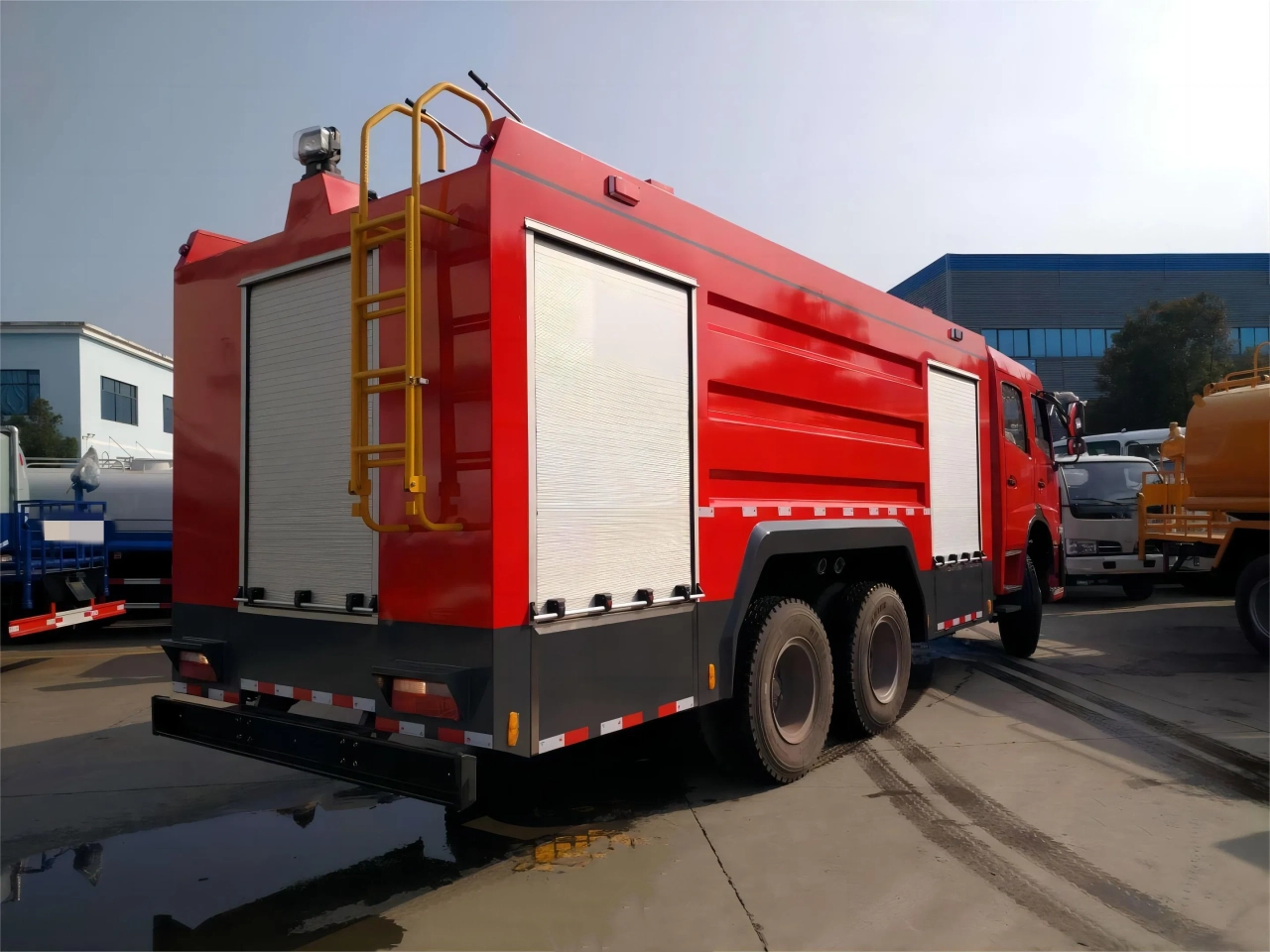
Operational Challenges and Training
Operating fire apparatus requires specialized training and certification due to the technical complexity and critical nature of firefighting tasks. Firefighters undergo rigorous training in vehicle operations, pump operations, aerial ladder operations, and emergency vehicle driving techniques to ensure safe and effective use of fire apparatus during emergencies.
Role in Community Safety
Fire apparatus play a pivotal role in community safety beyond firefighting. They are deployed for fire prevention education programs, public demonstrations, and community events, fostering positive relationships between firefighters and the communities they serve. Fire apparatus symbolizes preparedness and readiness to respond swiftly to emergencies, instilling confidence and reassurance among residents.
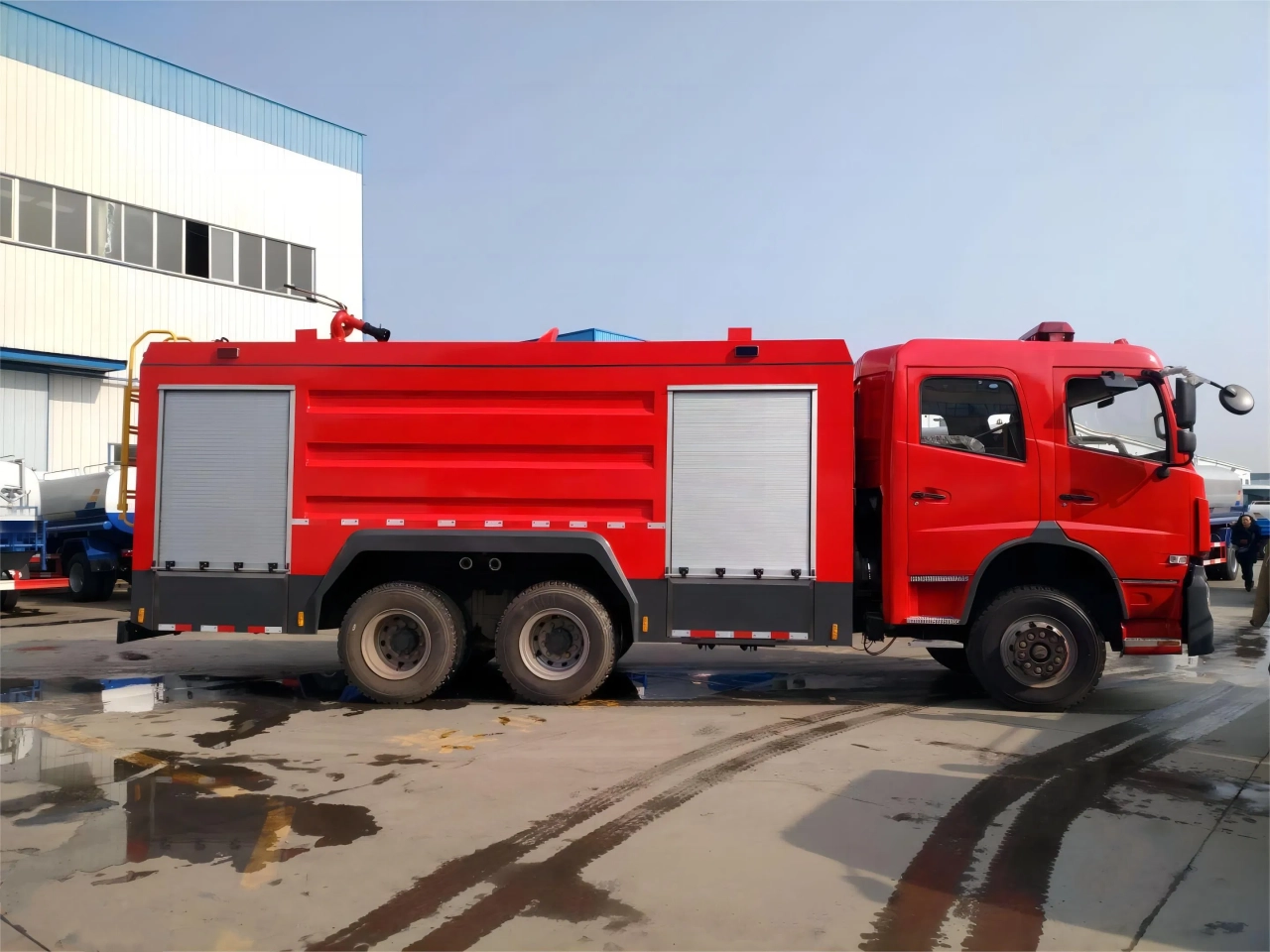
Sustainability and Future Trends
Advancements in firefighting technology continue to shape the future of fire apparatus. Innovations in electric and hybrid vehicles offer potential sustainability benefits, reducing carbon emissions and operational costs over traditional diesel-powered engines. Additionally, integration of IoT (Internet of Things) devices and AI (Artificial Intelligence) may enhance predictive firefighting capabilities, enabling proactive fire prevention and faster emergency response times.
Conclusion
In essence, the meaning of fire apparatus transcends its physical form; it embodies resilience, innovation, and unwavering dedication to public safety. From historic hand-pumped engines to cutting-edge, multifunctional vehicles of today, fire apparatus exemplify the evolution of firefighting as a profession and a calling. As technology advances and challenges evolve, fire apparatus will continue to adapt, ensuring firefighters have the tools and equipment needed to protect lives, property, and the communities they serve.
